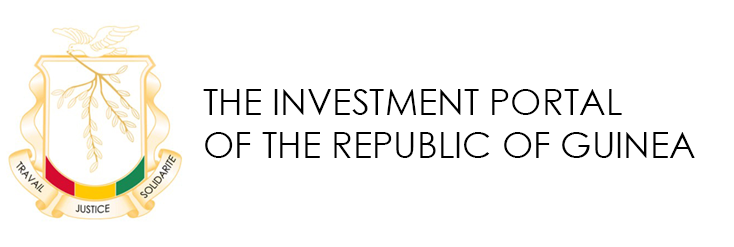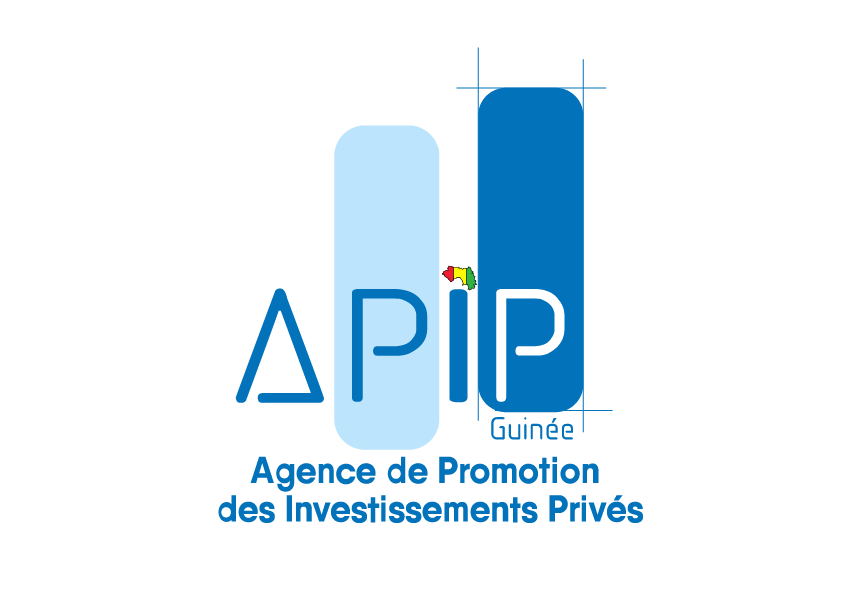Education Budget History
- 2006 : 5.7%
- 2009 : 11.3%
- 2013 : 16.8%
Number of Institutions of Higher Learning
- Public IHL : 19
- Private IHL : 30
- IRS : 30
Source: Ministry of Higher Education and Scientific Research, 2015
Sector Overview: Education
The educational sector of Guinea is divided into the following subsectors:
1. Pre-University and Literacy Education,
2. Technical Education and Vocational Training
3. Higher Education and Scientific Research
Based on recommendations from the 2008 National Education Conference, a sectorial guidelines document was drafted in accordance with the 2013 Poverty Reduction Strategy Paper (PRSP III), international commitments for the global movement ‘Education For All’ (EFA) and the political will of the Third Republic Government.
This document contains a number of challenges: (i) poor school enrolment and failure rates in contrast with EFA goals, (ii) regional, gender and income inequalities, and (iii) persistent and high illiteracy rates.
The internal, external, poor and inefficient causes may be due to: (i) teachers’ qualification; (ii) overcrowded classrooms; (iii) predominantly theoretical learning methods (insufficient workshops, laboratories and libraries); (iv) low standard of high school education to cope with technical / vocational and higher education; (v) insufficient teaching materials and textbooks in high schools; (vi) poorly qualified teachers and professors (vii) inadequacy between jobs offered and the qualification of graduates; (vi) lack of vocational-technical high schools of excellence and (viii) insufficient, aging and lowly motivated teachers.
Current situation
Vocational and technical training remains deficient, inadequate and poorly funded. Higher education is characterized by a proliferation of institutions (19 public and 60 private institutions) with about 107,000 students in 2009-2010, taught by about 1,819 faculty members with less than 20% of them holding a PhD.
To overcome the shortcomings and constraints affecting the education sector, the Government in 2010 adopted a policy to build a strong, coherent and effective educational system by:
- Developing technical and vocational education to promote and produce skill needs in growth sectors;
- Improving school enrolment rate and strengthening basic education in elementary and high schools;
- Developing infrastructure, introducing appropriate textbooks and documentation;
- Optimally integrating ICT in the educational system;
- Building the capacity of teachers, trainers, and researchers.
Opportunities in brief
In its development policy of an effective education sector focused on the real needs of the country, three key actors are involved: the Government, Institutional Partners and the Private Sector.
To ensure the competitiveness of Guinean education, private investments and Public-Private Partnerships (PPP) are greatly needed in the sectors of infrastructure, equipment, modern techniques and technologies, training of trainers, etc.
The input of education to priority sectors is reflected in many investment opportunities
- Education for the agricultural sector
With an aging rural population, rural exodus of the youth, low crop yields, gradual degradation of environment and low level of use of agricultural land, Guinea's agriculture is unable to achieve its main missions namely: (1) Ensure food security; (2) Protect the environment; (3) Ensure employment for rural youth; (4) Generate foreign exchange through the export of agricultural produce.
To remedy this situation, basic and continuing training of agricultural technicians and workers must strictly adapt to the national agricultural policy and training strategy in this sector.
However, the current agricultural and rural vocational training system is comprised of a National Water and Forestry School for Technical Agents (ENATEF), a Center for Environmental Education and Development (CEED), four (4) national agricultural and livestock farming schools (ENAE) and the Higher Institute of Agronomy and Veterinary Studies in Faranah which continue to work tirelessly to produce and provide improved seeds and farming techniques. The Government is committed to building a modern agriculture university. The feasibility study for this project is being finalized.
From the socio-professional view, a pre-enrolment program for graduates (SONGHAI Project) in two specialized schools is being implemented. This UNDP-supported program should extend to other rural and agricultural training institutions.
- Education for the mining sector
The mining sector currently accounts for over 80% of exports; it provides 20 to 25% of state revenues (estimated at $210 million in 2012) and over 10,000 direct jobs (World Bank, 2012). More than 200,000 people are considered to be actively involved in mainly artisanal and small-scale gold and diamond mining.
These figures do not only illustrate the unskilled labor force compared to what the mining industry needs to exploit its potential, but also explain the lack of resources to invest in the sector. Current mining companies, faced with a shortage of Guinean skilled manpower, are obliged to appeal to expatriate staff from the sub-region or even outside the continent to make up for the unskilled labor force.
Guinea’s technical and financial partners have pledged support to construct and equip the Regional Schools of Arts and Crafts (ERAM) to provide vocational training, and a Mining and Geology Center of Excellence within the Mano River Union and a University of Mining and Geology to provide higher education. These projects are aimed at training nationals to better assume the management of the mining economy.
- Education for the health sector
For capacity building needs, the country has vocational public and private health schools which certainly prepare health workers for the job market thus ensuring continuous availability of labor force. In view of the Health Charter, the number of health professionals unfortunately does not comply with the minimum standard requirement. The country has insufficient health workers.
Training in the health system should therefore focus on creating specialized branches with special emphasis on research. This requires the integration of cycles and training programs tailored to the need for efficient improvement of digital human resource management.
Future training projects should also be focused on: (1) building a university hospital where doctors will be trained to confront and resolve any critical medical and surgical cases; (2) reopening care assistant and midwifery schools; (3) providing training for medical branches not currently practiced locally; (4) constructing a continued education and documentation center; (5) constructing a school for nurses; (6) training hospital ward managers, proximity management in line with decentralization and contractualization.


